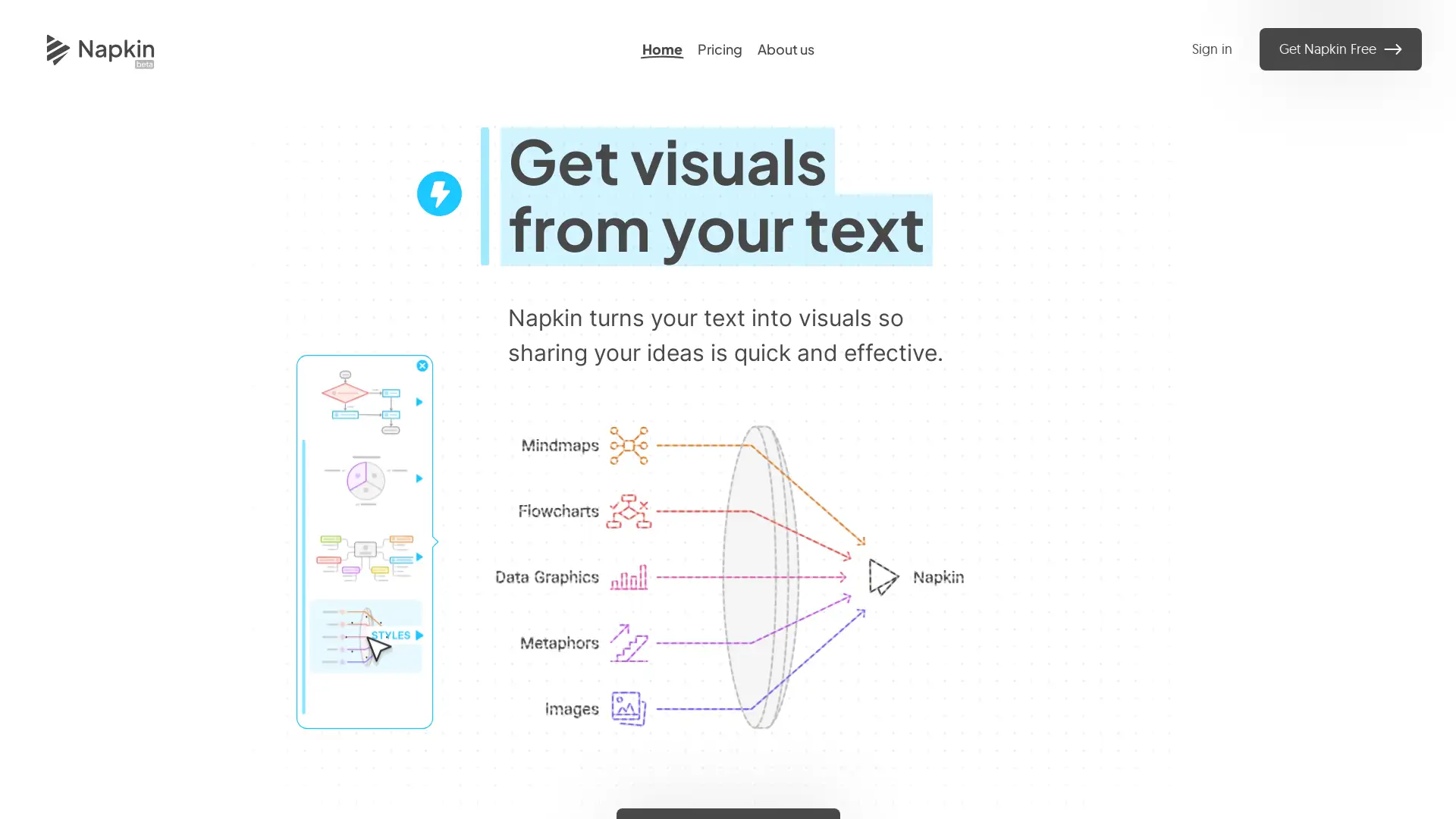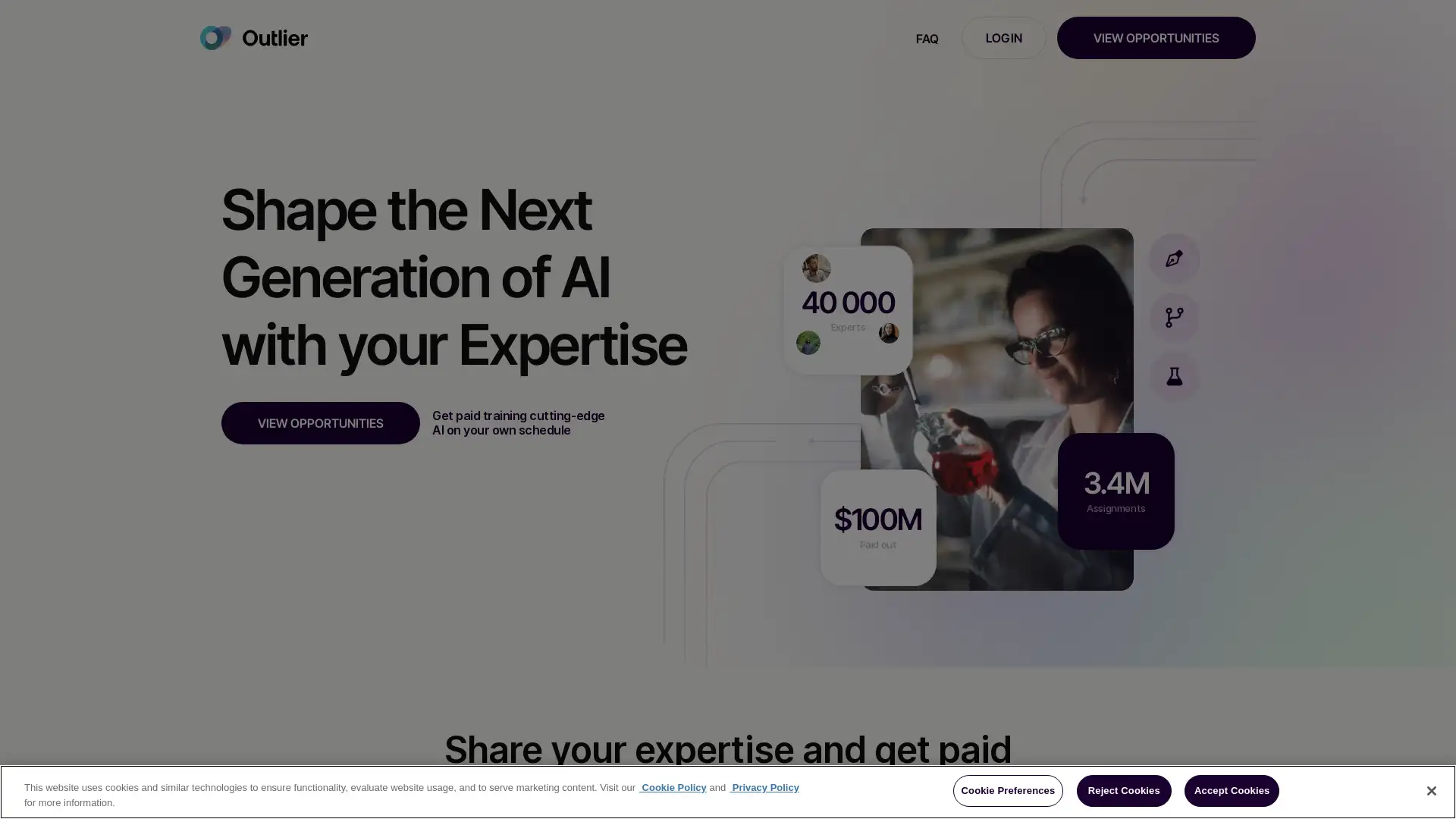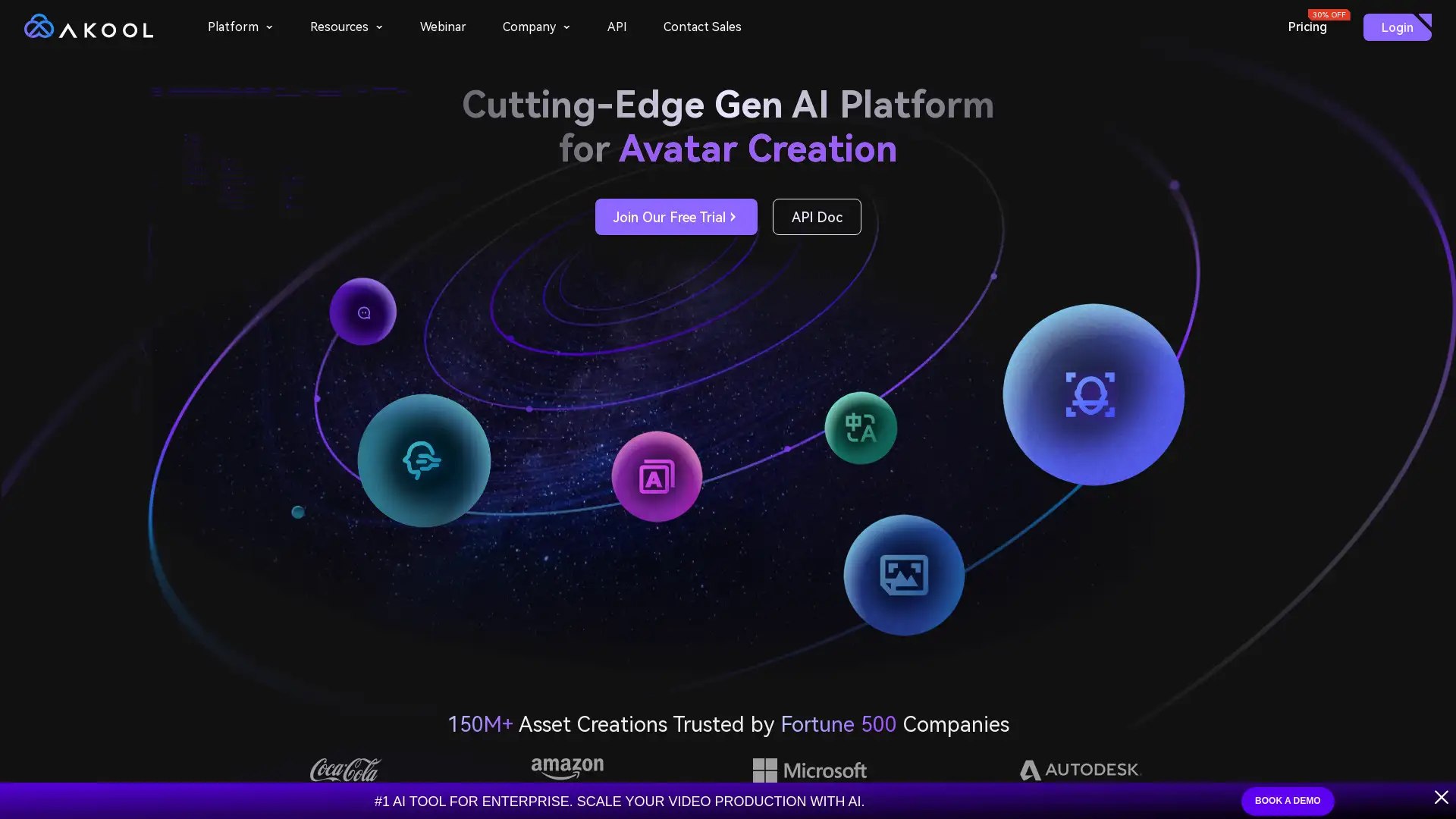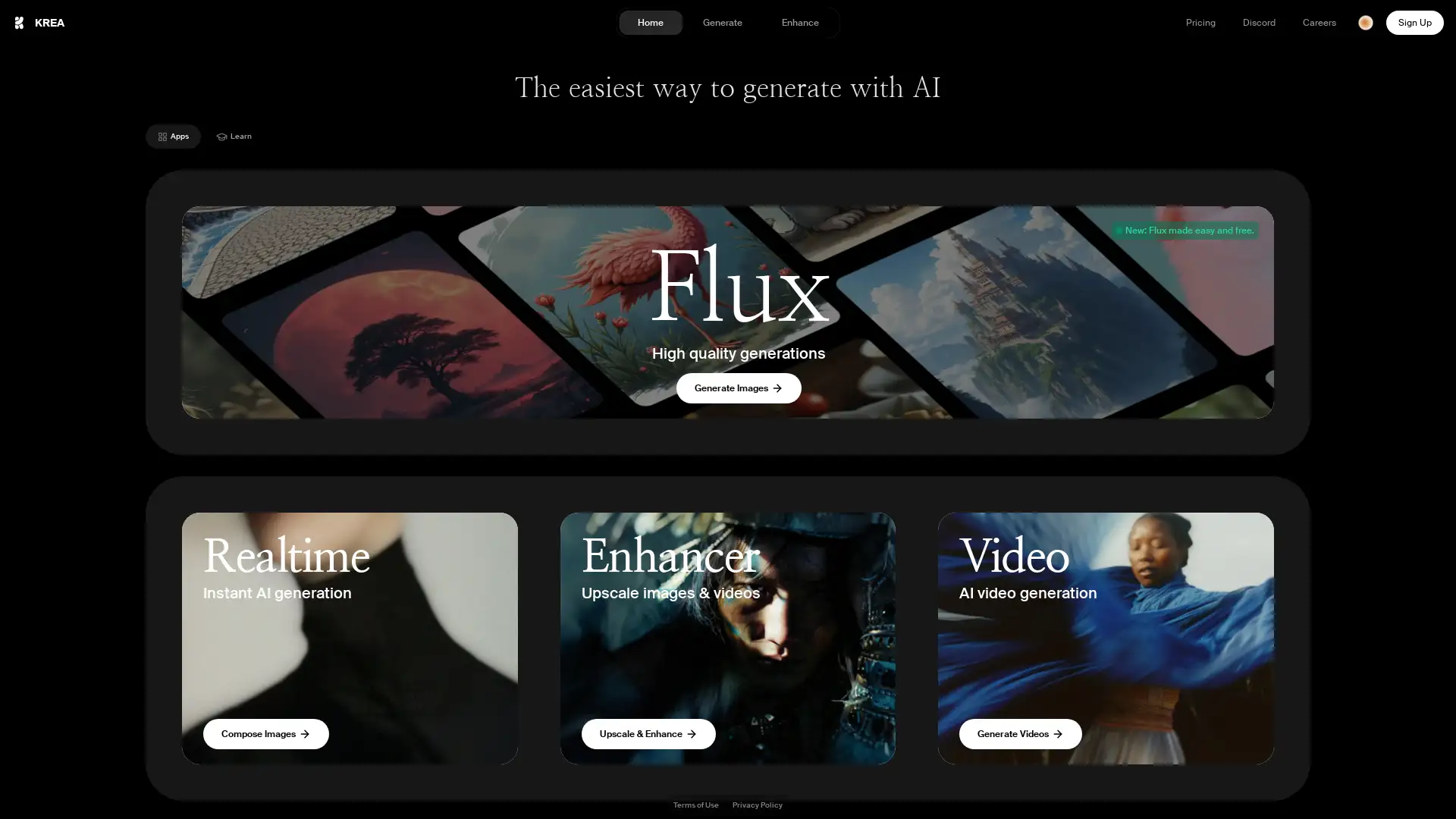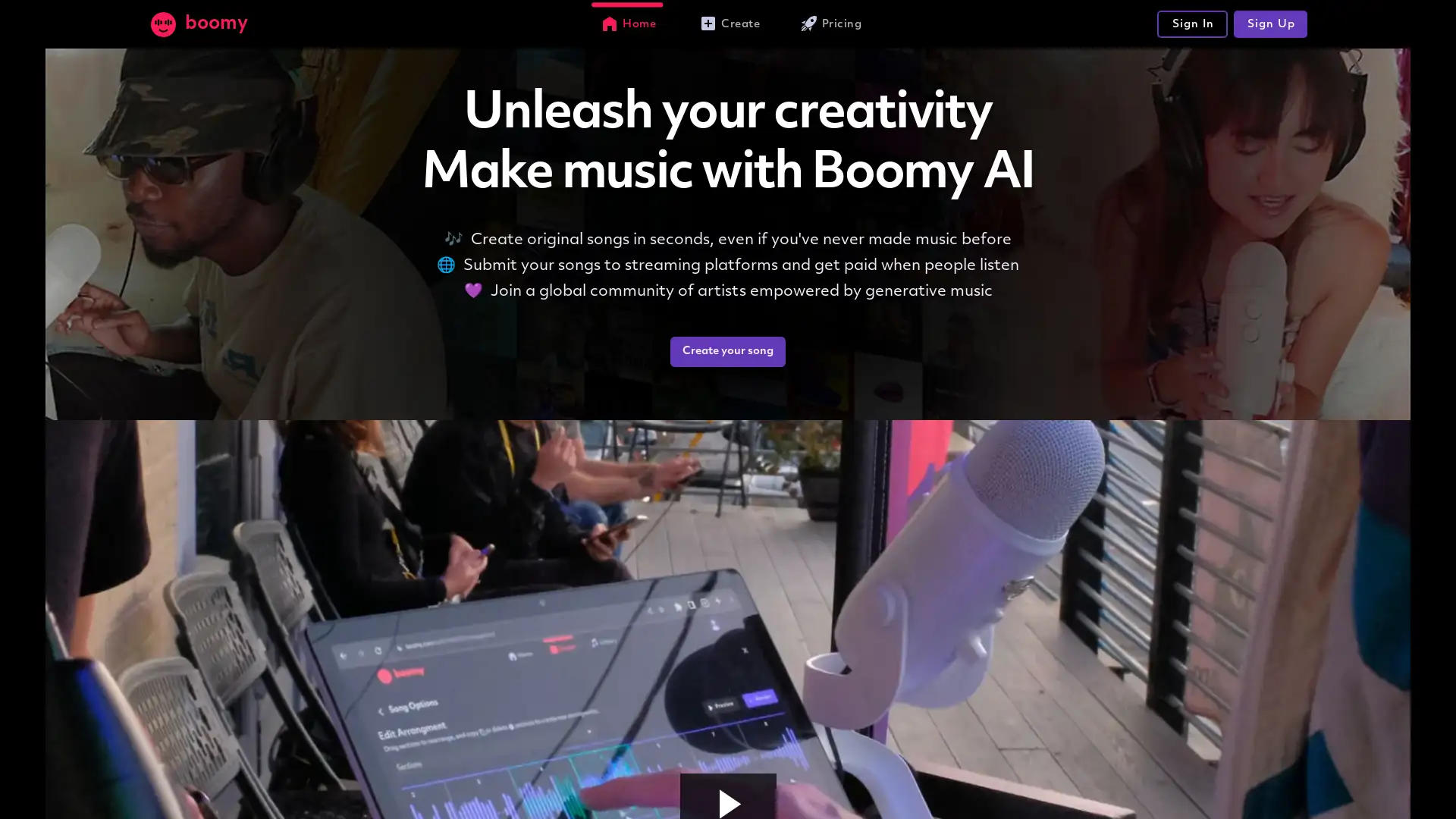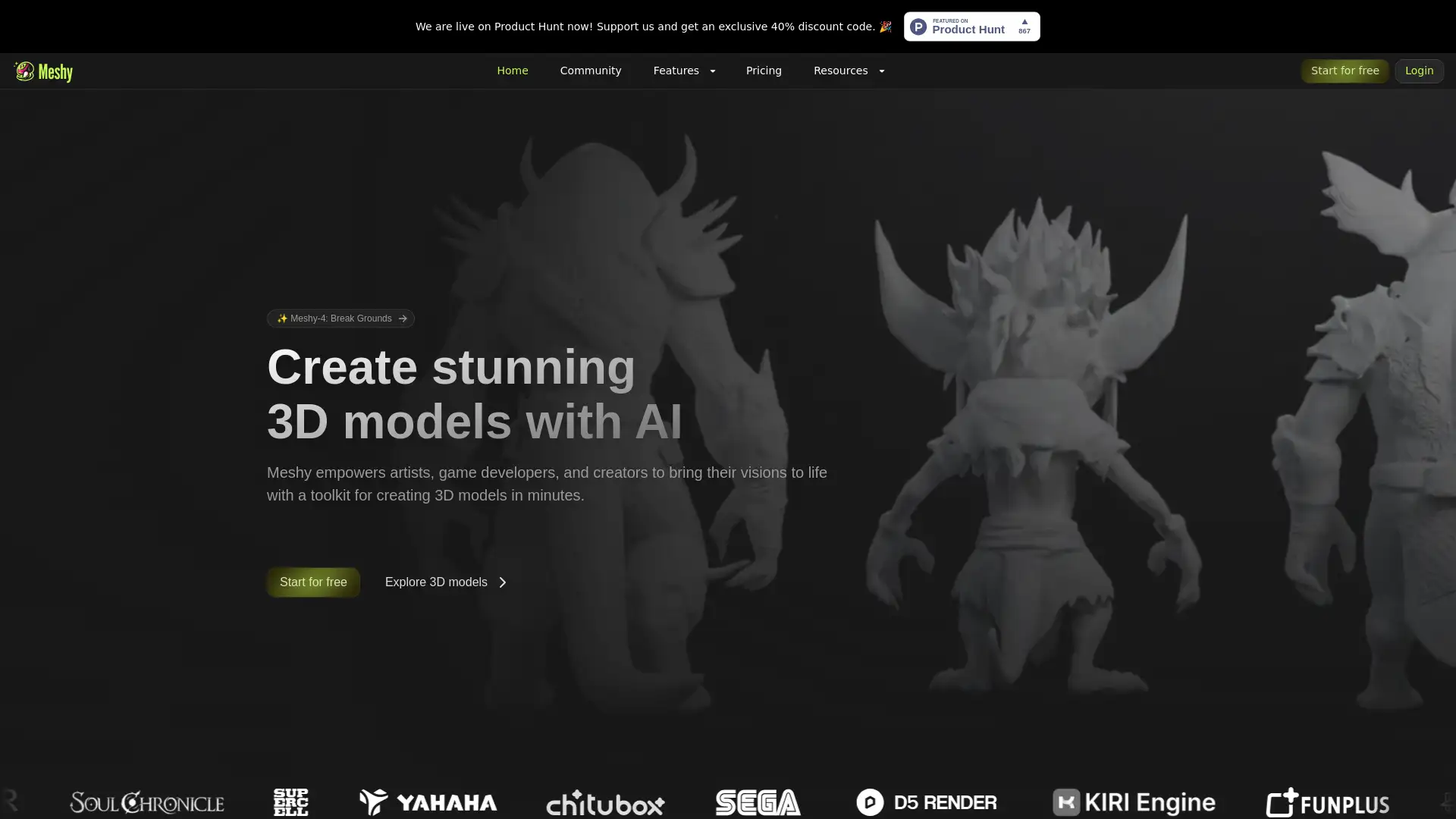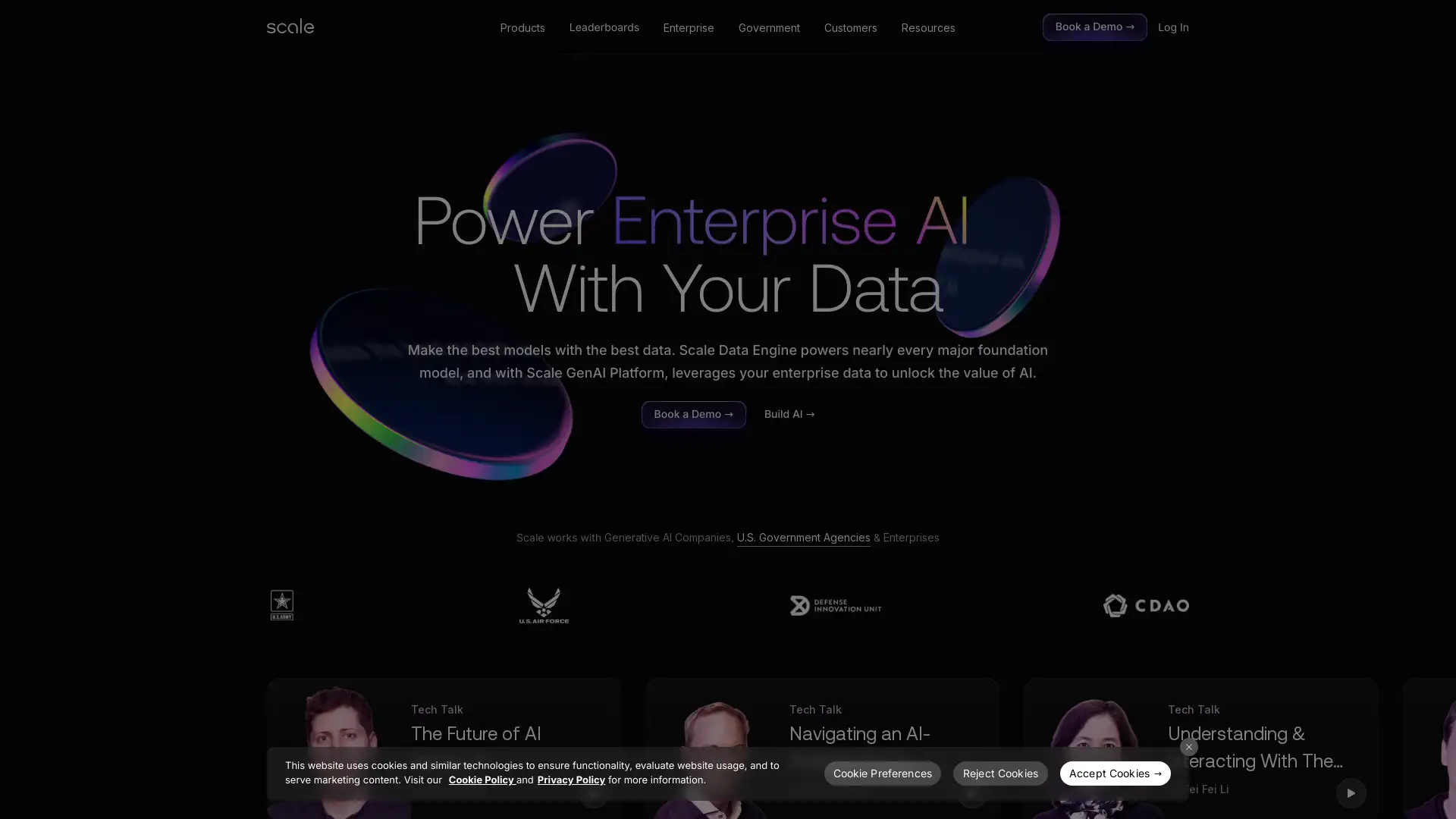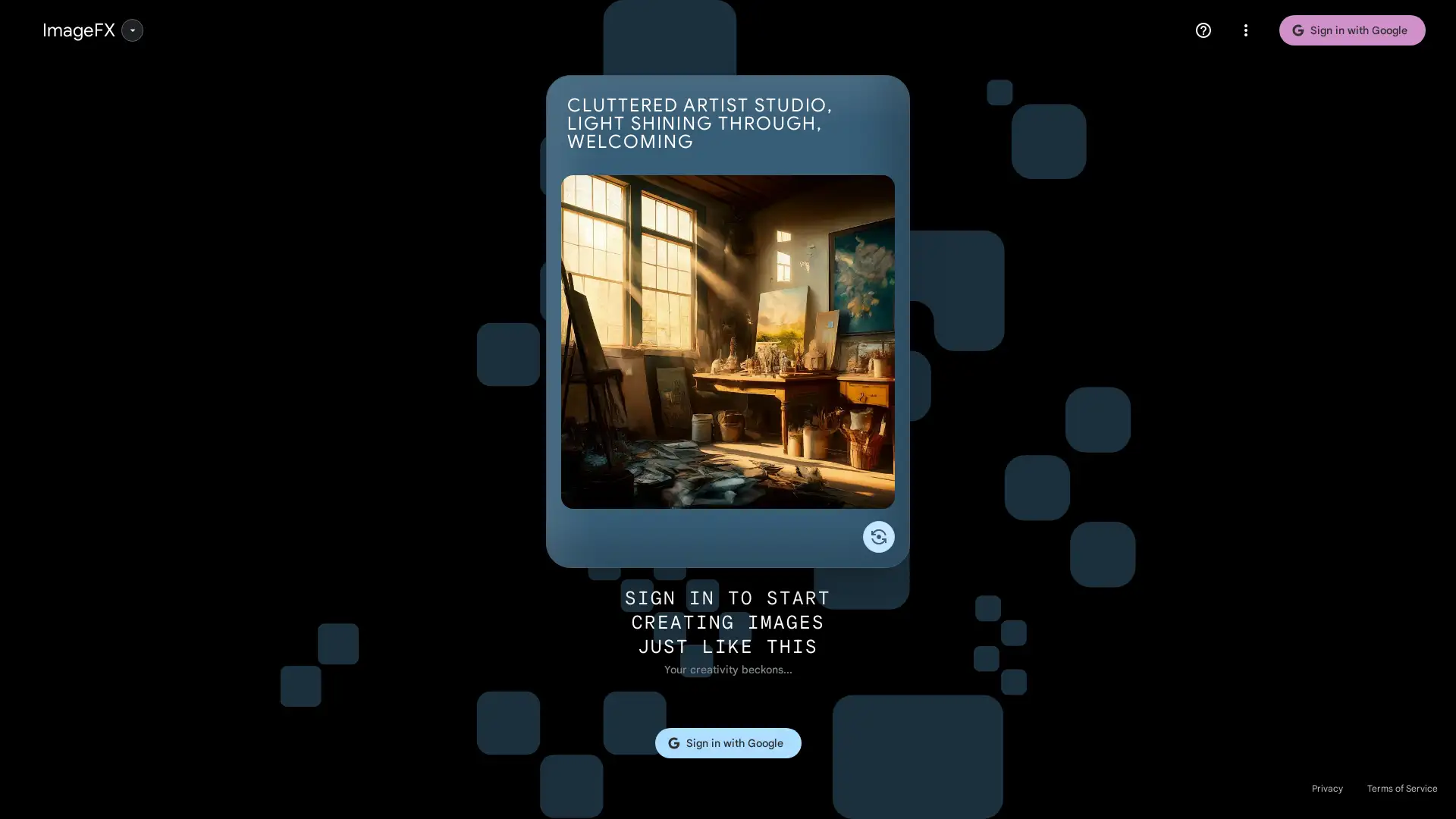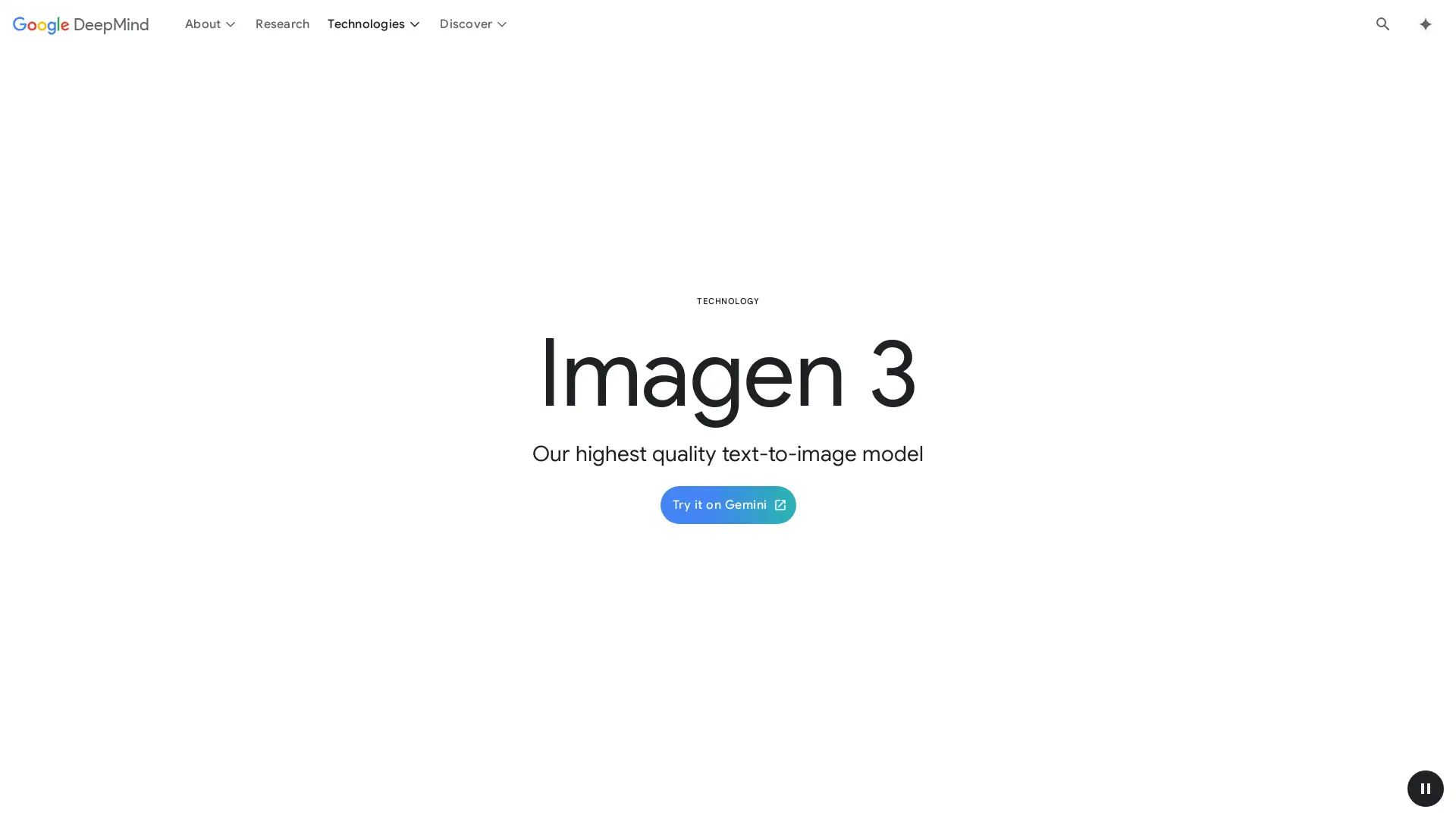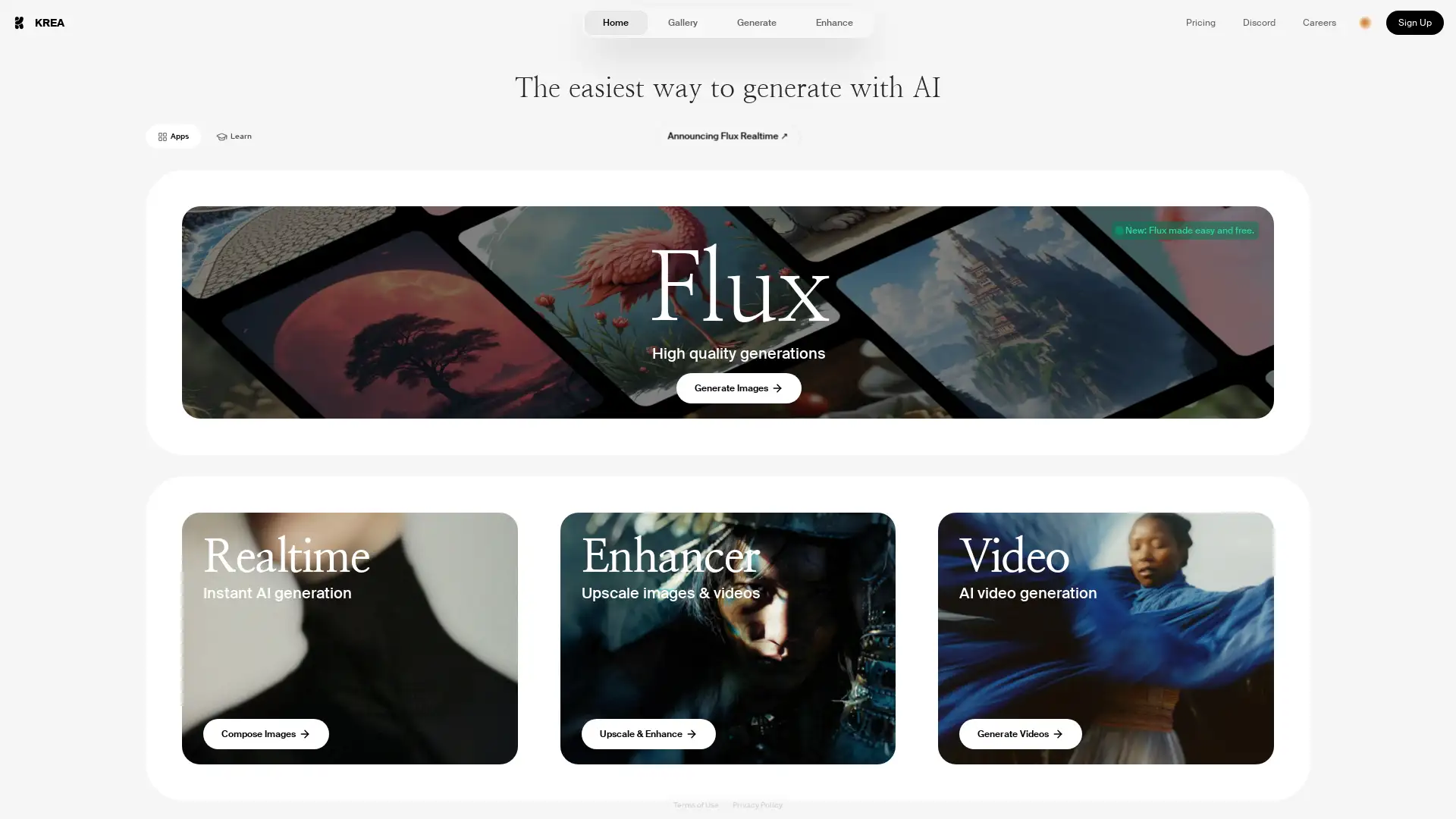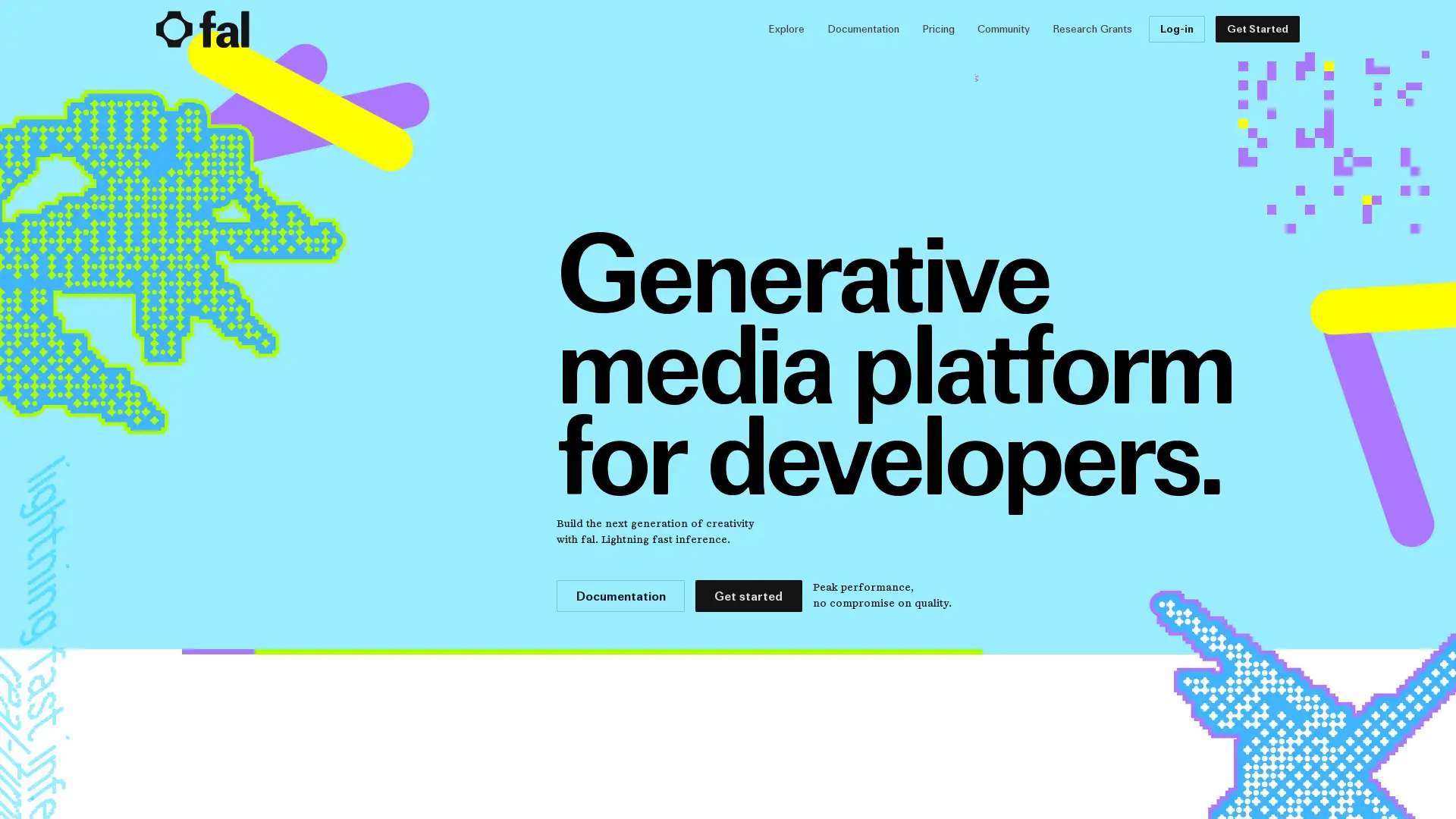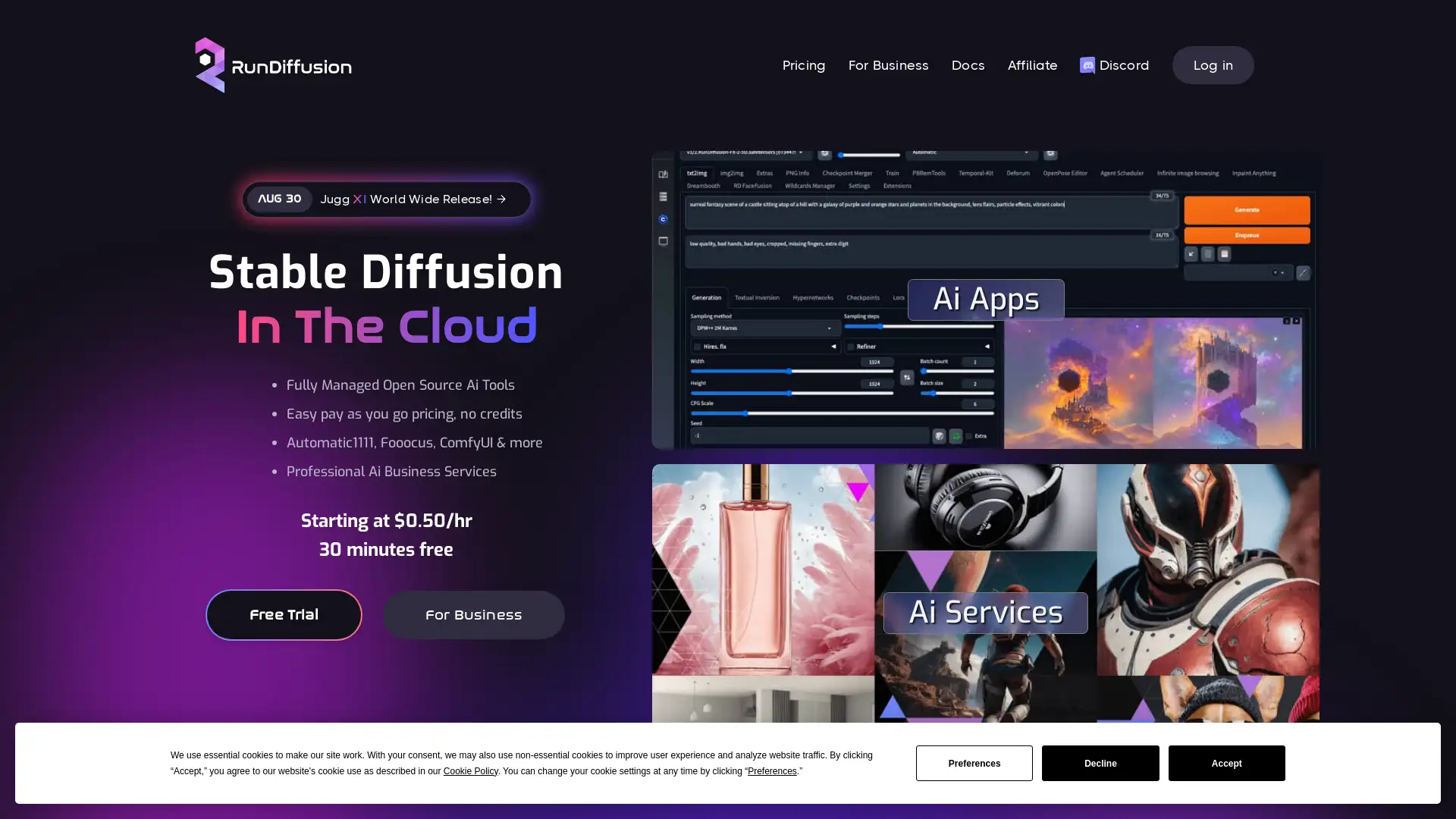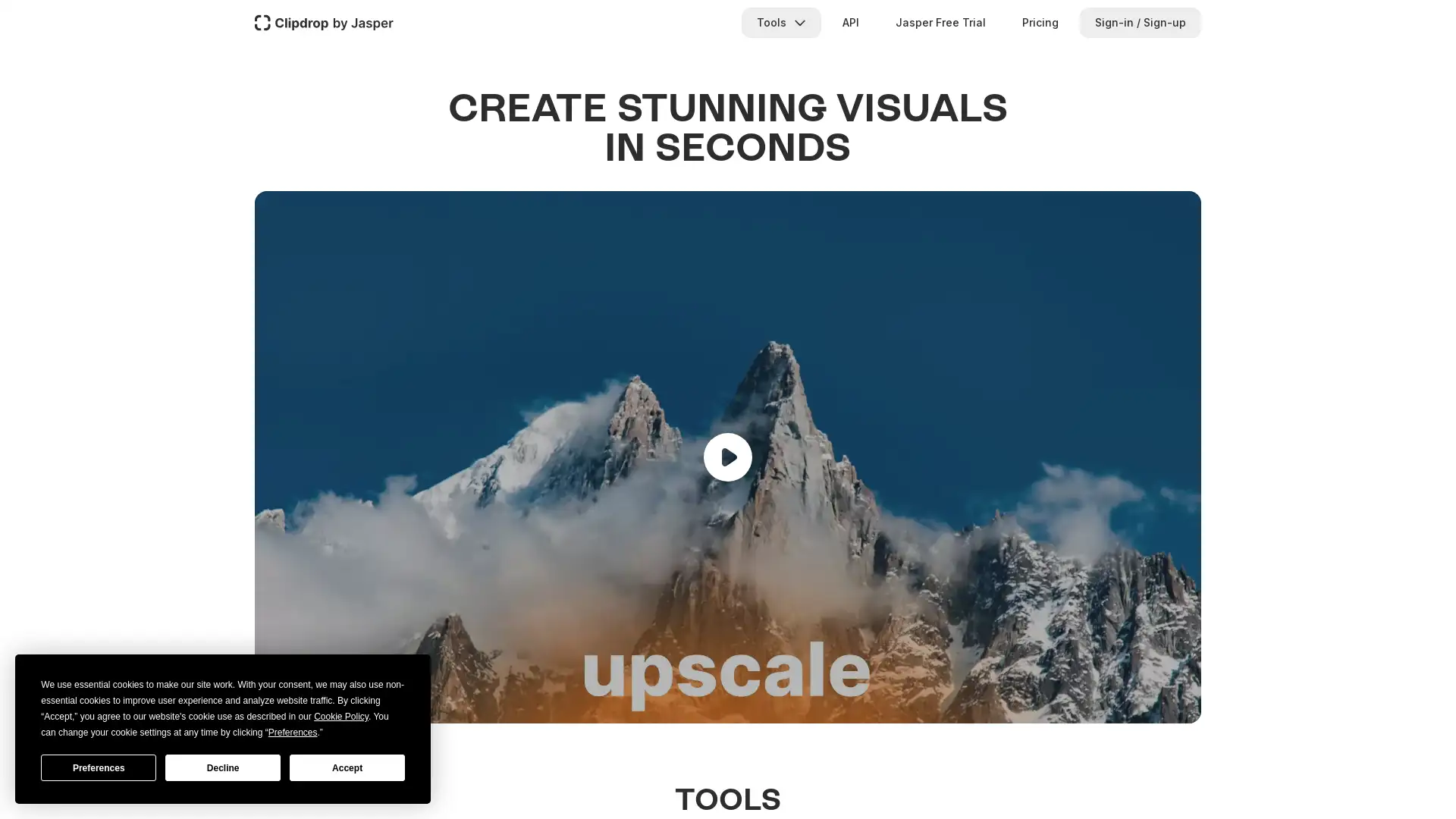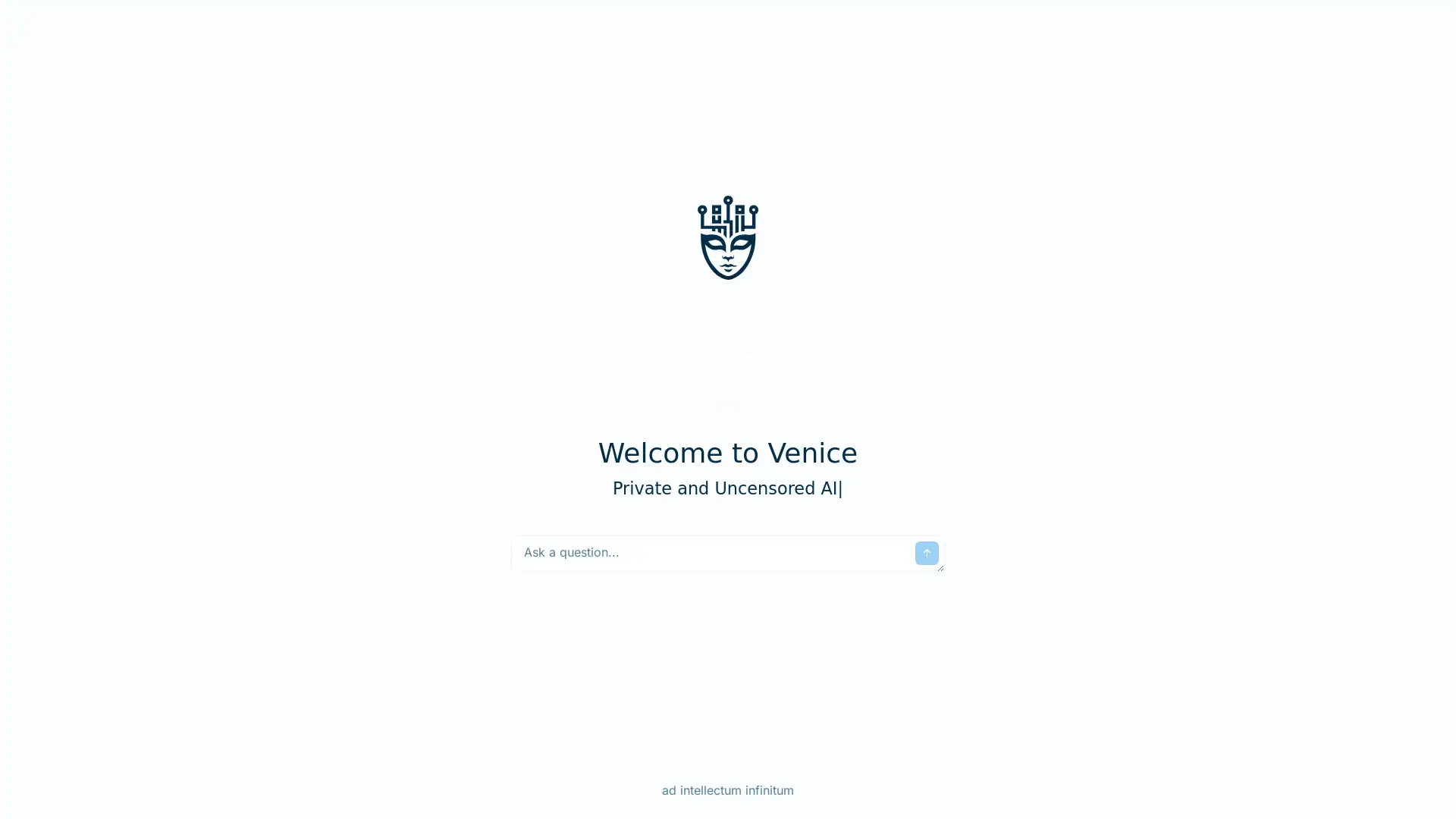Best 18 AI Tools for Generative AI in 2024
Napkin AI, Outlier AI, Akool AI, Playground AI, Krea AI, Boomy AI, Meshy-4, Scale AI, Imagefx, Imagen 3, Krea AI, Fal AI, Magic Student AI, Rundiffusion, Comfy UI, Shakker AI, Clipdrop, Venice AI are among the best paid and free Generative AI tools available.
Understanding Generative AI Tools
Generative AI tools are a category of artificial intelligence designed to create new content such as images, videos, text, or even entire websites based on user inputs. These tools use machine learning models to generate creative solutions, making them indispensable in fields like content creation, marketing, design, and data generation. They are specifically engineered to assist users with varied skill sets, from beginners to advanced developers, by simplifying complex tasks through automation.
Key Features of Generative AI Tools
Generative AI tools boast adaptability and scalability. Core features include automated image and video generation, text creation, natural language processing, and real-time customization. Many tools come with robust privacy protections, allowing users to generate media securely. Some tools also offer powerful marketing suites, enabling content enhancement, keyword optimization, and multimedia editing. They cater to a wide range of tasks, from small-scale enhancements to more intricate content development workflows.
Who Benefits from Using Generative AI Tools?
These tools are ideal for content creators, marketers, designers, developers, and businesses aiming to automate creative processes. Novices benefit from easy-to-use interfaces that require no coding, while professionals can take advantage of advanced customization and integration capabilities. Developers can also tailor these tools to specific tasks, leveraging APIs and machine learning for in-depth functionality.
Additional Insights into Generative AI Tools
Generative AI tools function as tailored solutions across sectors like marketing, entertainment, and design, offering capabilities that range from simple automations to complex creative processes. The tools' user-friendly interfaces lower the barrier for entry, while developers can leverage their advanced functionality to integrate these tools into larger systems, ensuring a seamless fit into existing workflows.
